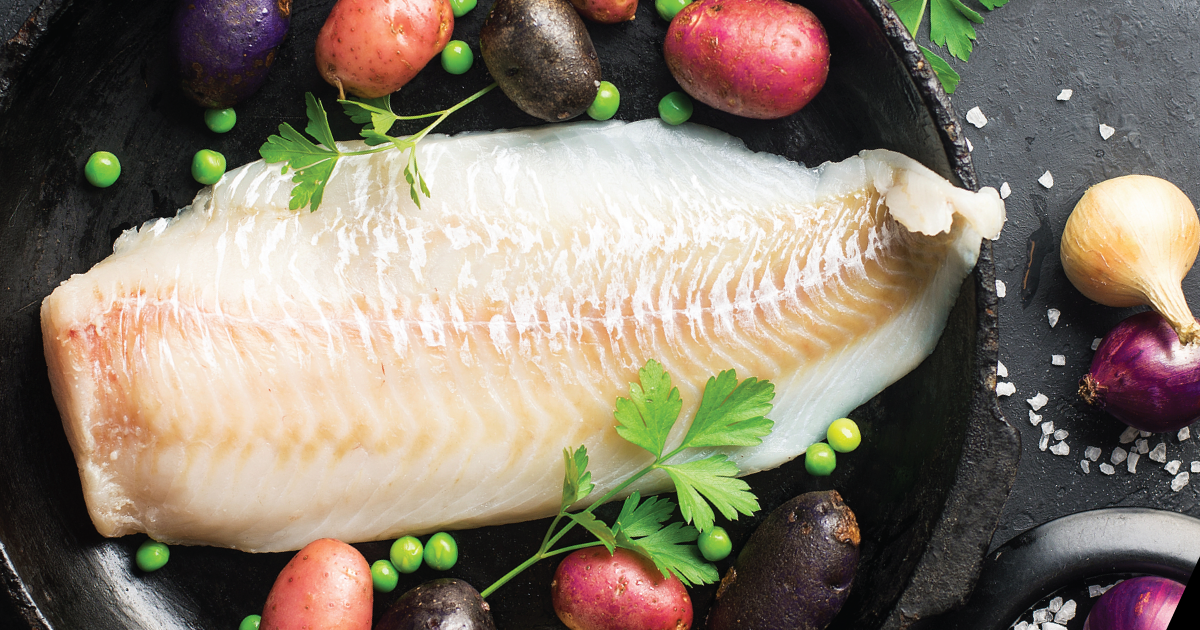
Is Your Fish a Fake? How To Spot Seafood Fraud and What To Do if You’re Suspicious
It might be unappetising to think, as you’re tucking into succulent prawn balls or traditional fish and chips, that nearly 40% of the fish studied for mislabelling around the world is not what was advertised, according to the Guardian’s analysis of 44 recent studies.
March 15, 2021 | Source: The Guardian | by Amy Fleming
Fraudulent labelling of seafood is widespread around the world, but there are some things you can look for to protect against it
It might be unappetising to think, as you’re tucking into succulent prawn balls or traditional fish and chips, that nearly 40% of the fish studied for mislabelling around the world is not what was advertised, according to the Guardian’s analysis of 44 recent studies.
But while fish fraud happens everywhere, from endangered species passed off as snapper in the UK to deadly pufferfish sold with devastating consequences in Bangladesh, how can you know that what you’re eating is what you’ve paid for?
Food standards authorities can now use DNA testing to identify fish, but the average customer merely comes equipped with their own senses. “The way fish is usually presented,” says Prof Alan Reilly of University College Dublin’s Institute of Food and Health, who consults on fishery and aquaculture policy at the UN’s Food and Agriculture Organization (FAO), “is without any skin, scales, fins, head or tail.” A fillet may be a convenient way to buy fish, but you’d have to be an expert to be able to tell with certainty which fish it actually is. Could you be sure that cod is cod when it is broken up, battered, breadcrumbed or suspended in sauce? “Consumers are in the hands of the retailer or the restaurateur,” says Reilly.
